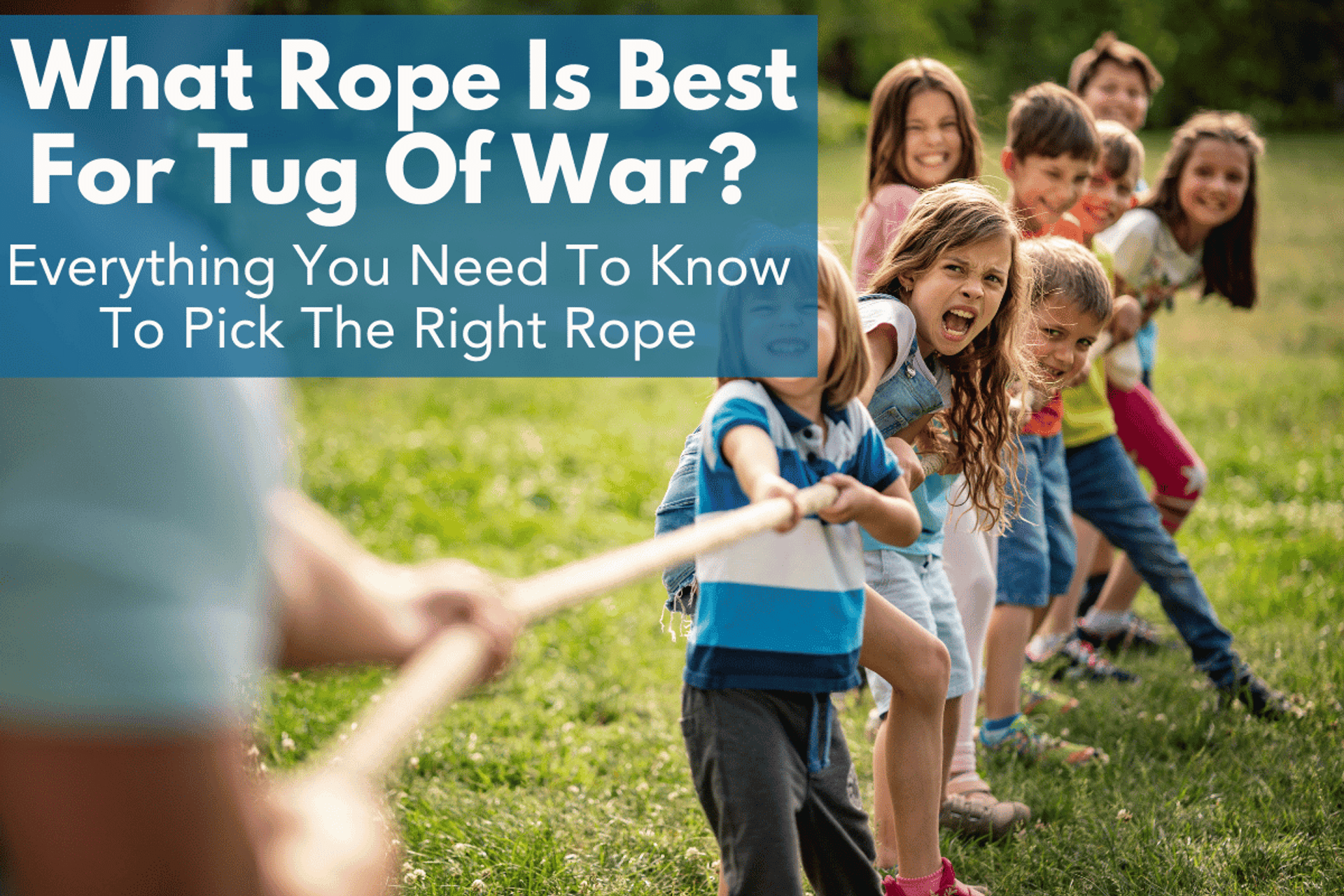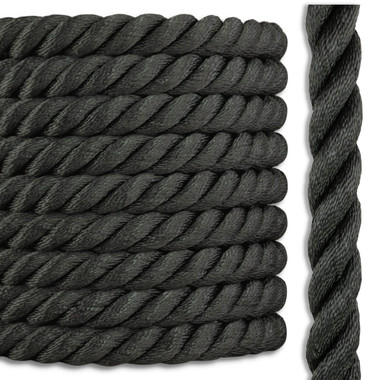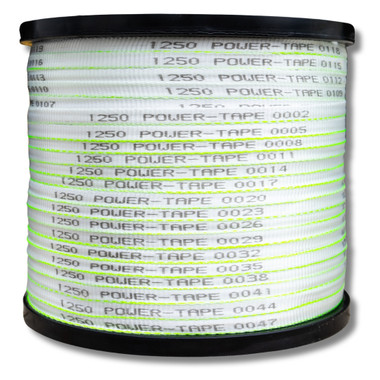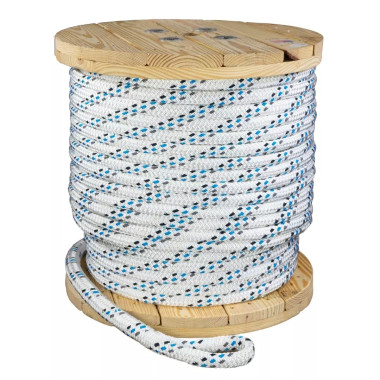What Rope is Best For Tug Of War? Everything You Need To Know To Pick The Right Rope
Estimated 0 min read
When it comes to organizing a good old-fashioned tug of war — whether it's for a school field day, a team-building event, a summer camp, or a competitive tournament — the rope you choose makes or breaks the game. The wrong rope can lead to rope burn, broken fibers, painful blisters, or even mid-game snapping. The right rope, on the other hand, gives you the grip, strength, and safety needed for a smooth and fun competition.
In this guide, we’ll break down everything you need to know about tug of war ropes: what makes a rope good for tug of war, the best materials and diameters, safety considerations, common mistakes to avoid, and the most frequently asked questions people have when shopping for a rope.
Why the Right Tug of War Rope Matters
A lot of people think “any rope will do” — but that’s how you end up with broken ropes, splinters, and frustrated players. Tug of war puts huge strain on the rope, and if it’s not the right material, size, or construction, you risk:
- Rope burn from rough or sharp fibers
- Snapped ropes during heavy pulls
- Injuries from poorly chosen diameters or slippery coatings
- Low performance because the rope is hard to grip
The best tug of war rope is comfortable to hold, strong enough to withstand extreme tension, and safe for all ages.
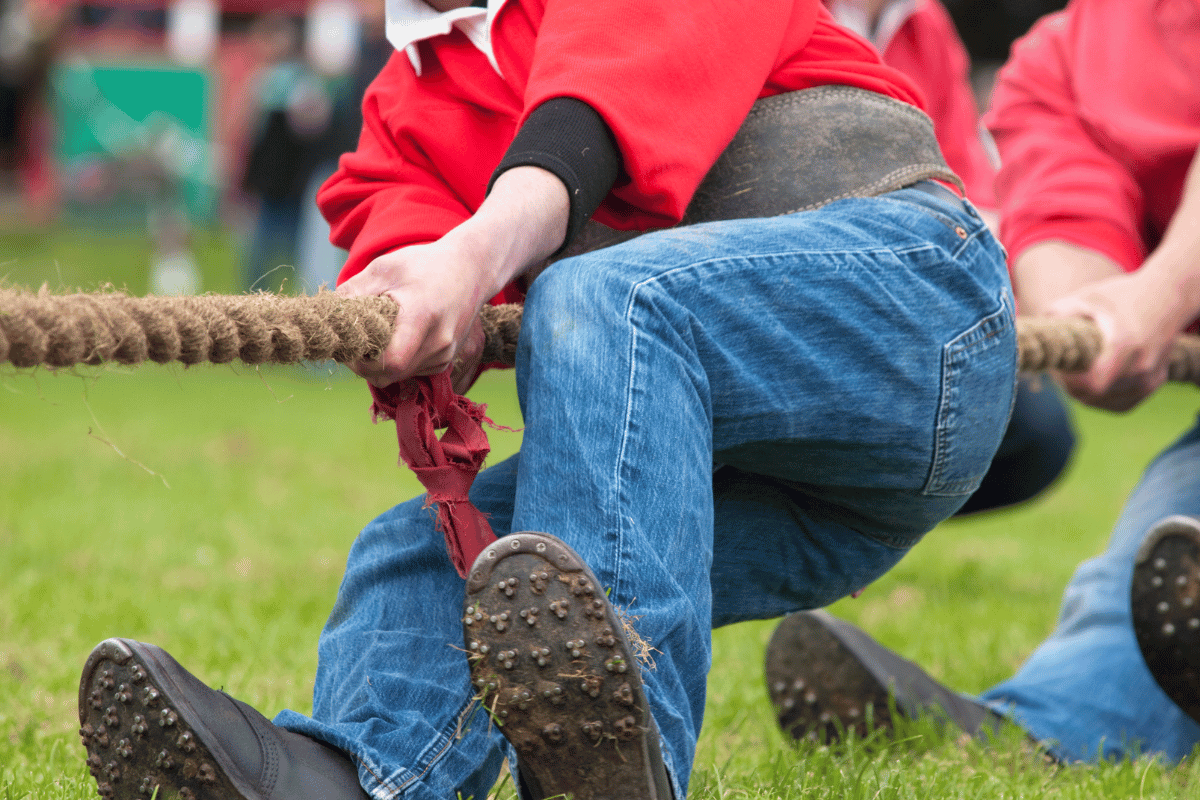
What Is the Best Material for a Tug of War Rope?
One of the most common questions is:
“What kind of rope works best for tug of war?”
Here’s a breakdown of the most popular rope materials, how they perform, and their price per foot at 1.5 inch diameter and 50 ft (as of Sept 2025, subject to change):
1. RightRope’s Manila Rope (Best Overall Choice) - $2.20 per foot
- Pros: Excellent grip, natural texture, durable, classic look
- Cons: Can shed fibers and cause splinters if not handled properly
- Best For: Schools, camps, and outdoor tournaments
Manila is a natural fiber rope that has been used for tug of war for decades. Its slightly rough texture gives a non-slip grip — crucial when hands get sweaty. It’s also strong enough to handle the pulling force without stretching too much. It’s a little tougher on the hands than something like Cotton, so keep that in mind.
At the recommend diameter of 1.5 inches, manila has a safe working load limit of up to 3330 lbs, meaning it can safely handle around 22 competitors without risk of breaking. Although break point is 16650 lbs, or roughly 110 competitors, it's still probably best to go with the stronger Polyester rope if you are planning for an epicly large competition.
2. RightRope’s Double Braid Polyester Rope (Best for Durability & Weather Resistance) - $7.48 per foot
- Pros: Smooth finish, weather-resistant, minimal stretch
- Cons: More difficult to grip, only available in 1.5 inch diameter
- Best For: Outdoor events where ropes may get wet
Polyester ropes are built to last. They resist UV damage, mold, and rot, making them ideal if your rope will live outside or be stored in damp places. For tug of war, a double-braided polyester works best since it balances grip and strength.
With a SWLL of 14000 lbs, our double braid polyester can easily handle around 90 competitors without any risk of failure.
3. RightRope’s Promanila (Best Price at Thicker Diameters) - $2.20 per foot
- Pros: Durable and strong, rot resistant, smooth with no risk of splinters, natural look, double the SWLL of manila rope
- Cons: More difficult to grip, risk of rope burn from sliding hands
- Best For: Professional events that require stronger rope, strong man competitions
Promanila rope is a synthetic rope that’s tough and fairly light for its size, with a natural look. Promanila does tend to be a little more difficult to grip than manila, so the risk of rope burns is real. SWLL of up to 6115 lbs means about 40 competitors can safely pull with no risk of failure.
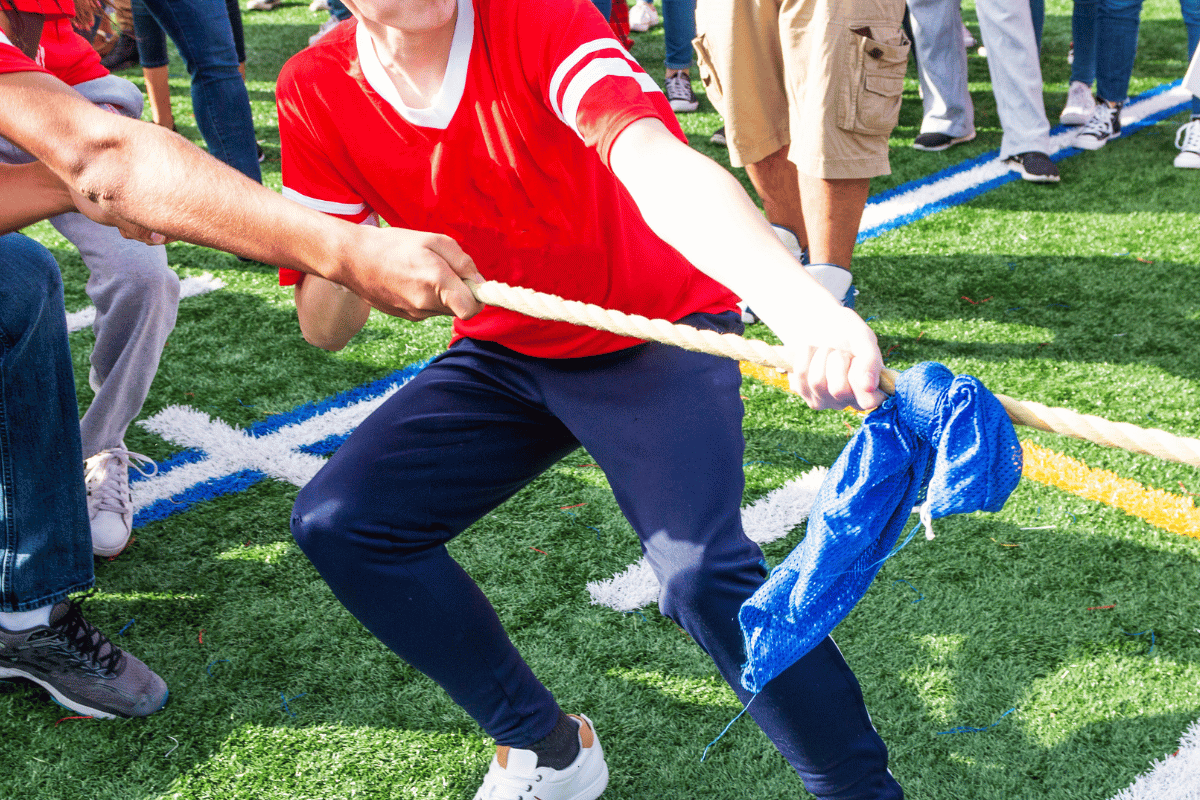
What Diameter Tug of War Rope Should You Choose?
The thickness of your tug of war rope is just as important as the material. If the rope is too thin, it cuts into your hands. If it’s too thick, you can’t grip it properly.
Recommended diameters:
- 1.5" (38mm): Standard for most tug of war competitions.
- 2" (50mm): If you want a thicker more challenging rope—something a little different.
For most situations, a 1.5-inch manila or polyester rope is the sweet spot. It’s thick enough to grab comfortably but not so large that smaller hands struggle.
How Long Should a Tug of War Rope Be?
The official length for a tug of war rope is 110 feet. That allows extra room for every player to move, and dig in. We recommend buying about 6 feet of rope per adult competitor, though you can probably get away with as little as 3 feet per competitor. It just depends how serious you are—6 feet gives each player plenty of rope to pull and move with, where 3 feet will have you in closer quarters.
Here are some general guidelines:
|
Number of Players |
Recommended Rope Length |
|
Kids (6–10 players) |
35 to 50 ft |
|
Small groups (8–12 players) |
75 ft |
|
Standard competitions (14–20 players) |
90-110 ft |
|
Large events |
110+ ft |
If you plan to reuse your rope for multiple events, go longer. You can always shorten the playing length, but you can’t make the rope longer later.
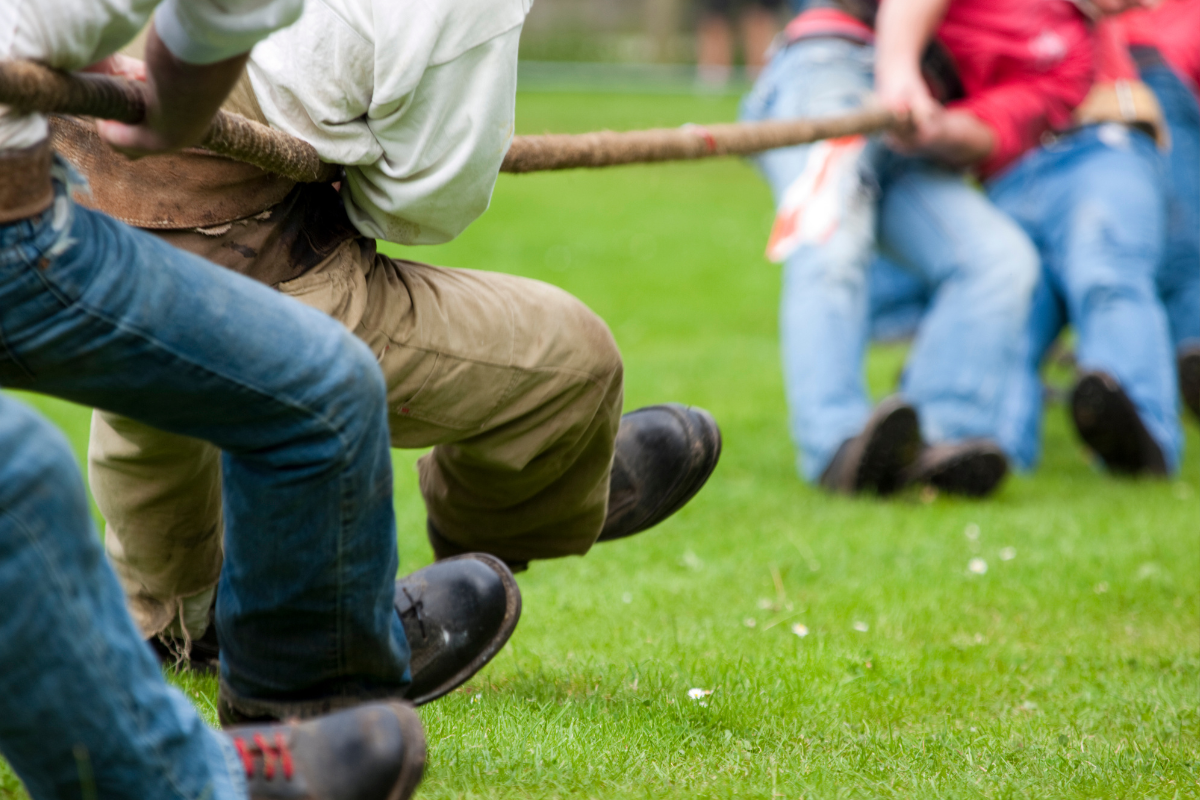
Braided vs. Twisted Rope for Tug of War
You’ll find two main types of rope constructions: braided and twisted.
- Twisted Rope
- Classic look, lighter, usually cheaper
- Can cause more rope burn if the fibers are coarse
- Easier to splice and repair
- Braided Rope
- Smoother, softer feel on the hands
- More durable and resistant to fraying
- Better for kids
For most applications, twisted is fine. For children or those with sensitive hands, braided may be preferred.
Safety Tips for Tug of War Ropes
Choosing the right rope isn’t just about strength and grip — it’s also about keeping participants safe.
1. Avoid Thin Ropes
Ropes under 1" diameter put too much pressure on hands and increase injury risk.
2. Check for Sharp Fibers
Old, frayed manila ropes can shed splinters. Sand rough spots or choose a smoother braided rope.
3. Inspect Before Every Use
Look for fraying, broken strands, or soft spots that could indicate weakening fibers.
4. Make Sure Your Rope Is Long Enough
A short rope means competitors will be bunched together, resulting in possible injury if they fall or flail. Longer ropes allow for more space to move without risk of injury.
Frequently Asked Questions About Tug of War Ropes
What’s the official size for tug of war ropes?
For international competitions, ropes are typically about 100 feet long and 1.5 to 2 inches in diameter. But for casual games, you can scale down.
Can I use a climbing rope for tug of war?
Technically yes, but it’s not ideal. Climbing ropes are designed to stretch for shock absorption, which works against you in tug of war.
Should I choose natural or synthetic rope?
- Natural fibers (like manila) give better grip.
- Synthetic fibers (like polyester) last longer and handle wet weather better.
The best choice depends on your environment and how often you plan to use the rope.
How do I store my tug of war rope?
Keep it dry, coiled, and out of direct sunlight. For manila ropes, storing in a cool, dry place prevents mildew. For synthetic ropes, avoid extreme heat to prevent weakening the fibers.
Our Recommendation: The Best Tug of War Rope Setup
For most events — schools, summer camps, community gatherings, or company picnics — the best all-around setup is:
- Material: Manila rope
- Diameter: 1.5 inches
- Length: 110 feet
- Construction: Twisted (classic)
If you’re hosting a professional-level competition, go for 1.5-inch manila at 110 feet.
Final Thoughts
Tug of war is one of those timeless games that brings people together, but only if you’ve got the Right Rope. A strong, comfortable, and safe rope means fewer injuries, fewer frustrations, and more fun for everyone. Pick the right rope once, and you’ll have a piece of gear that lasts for years of competitions and memories.
